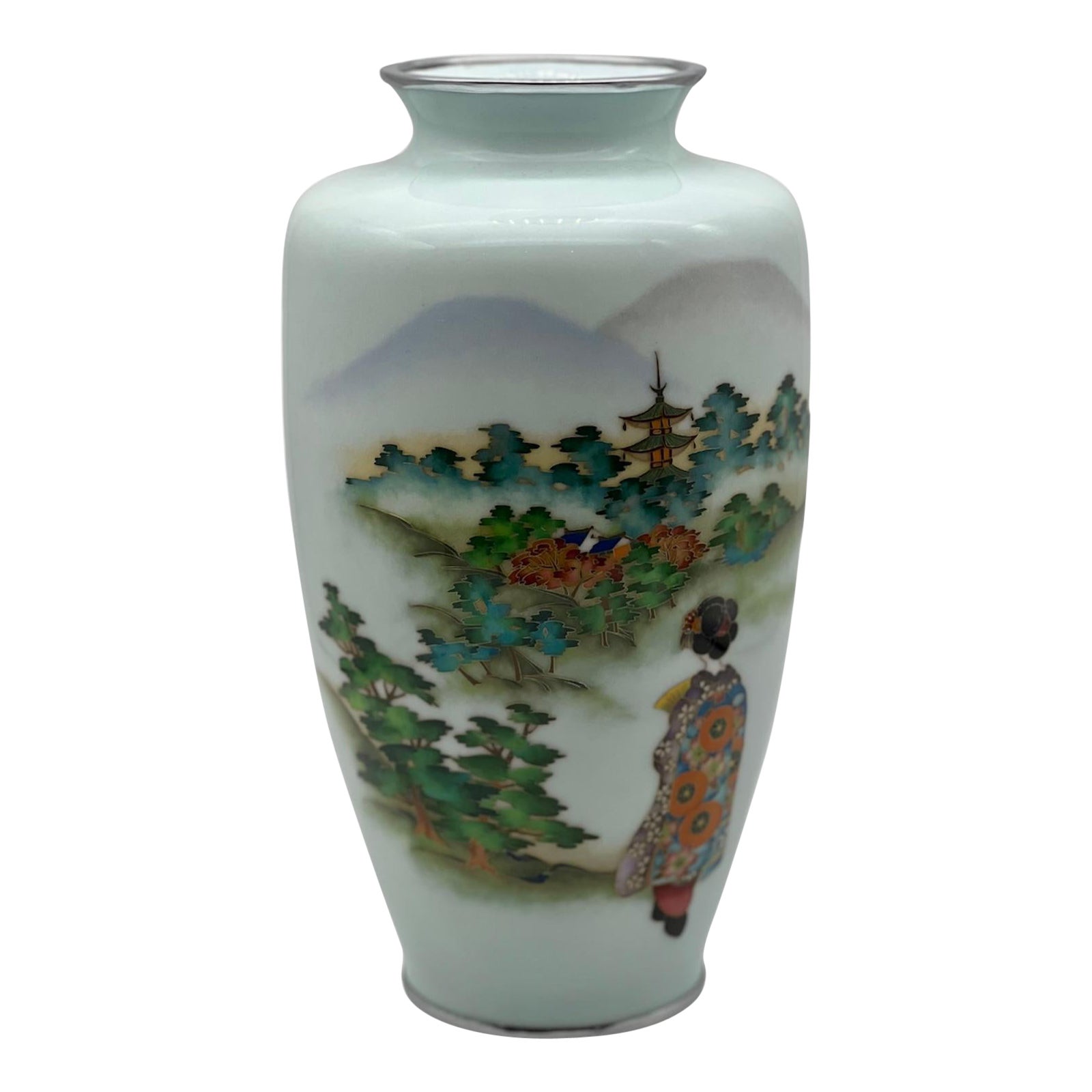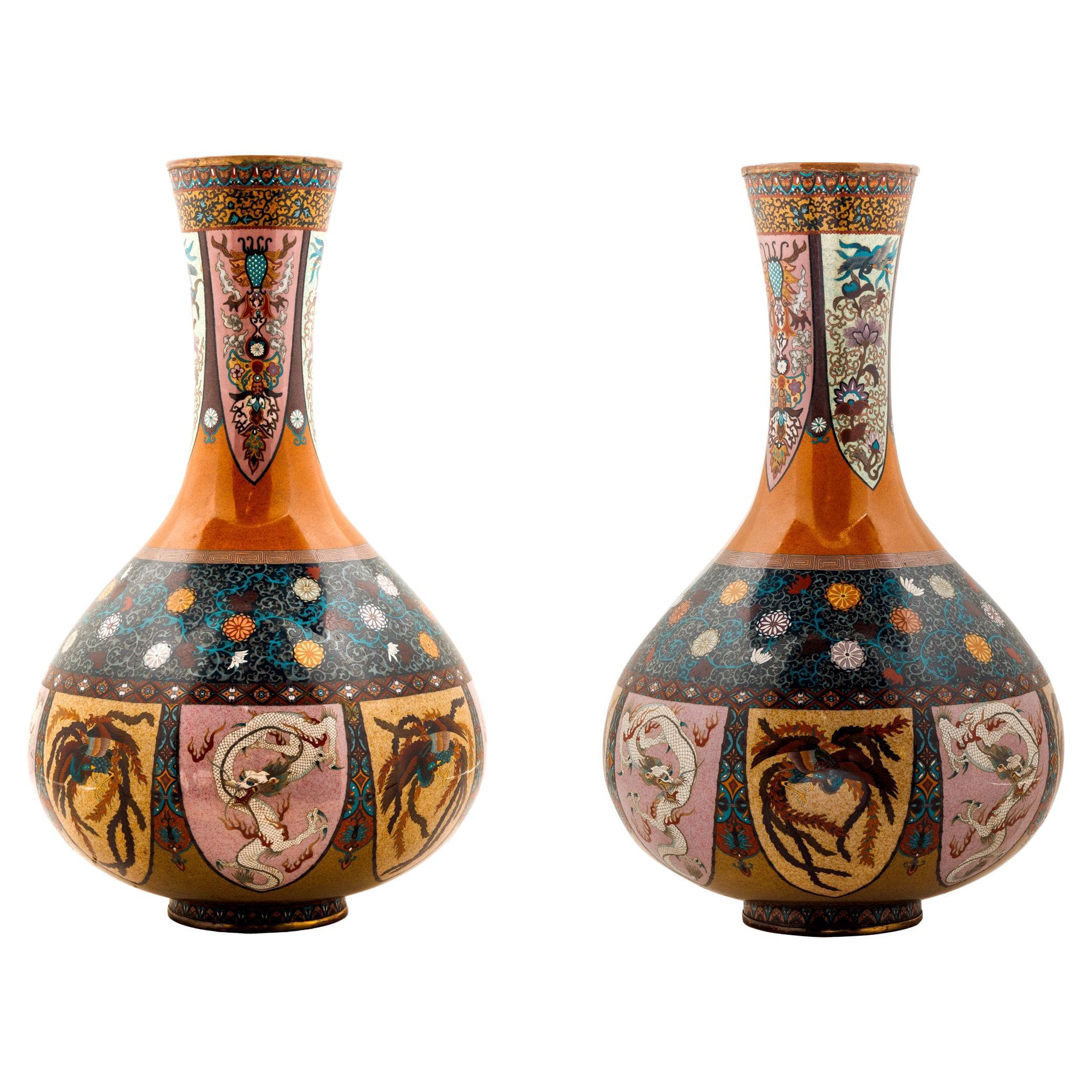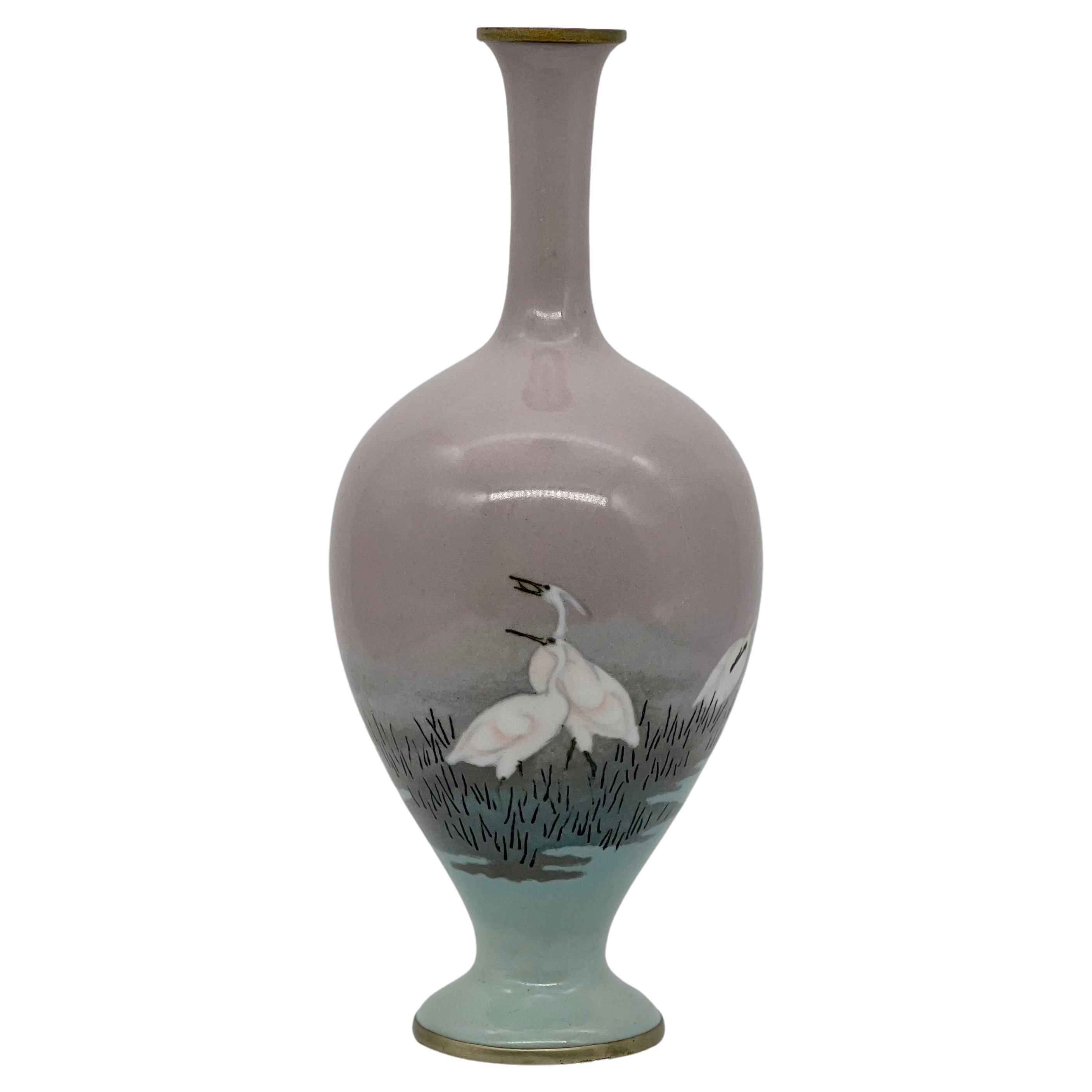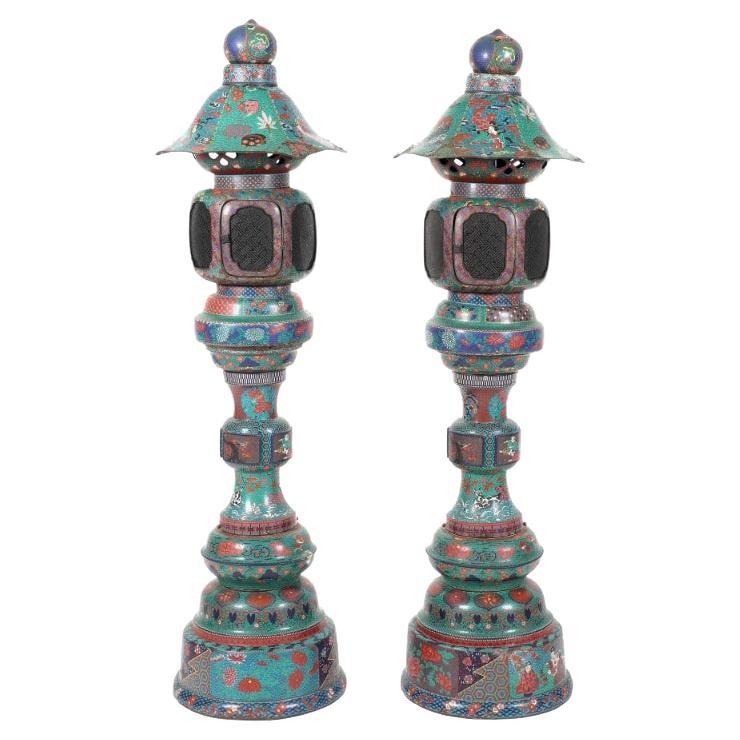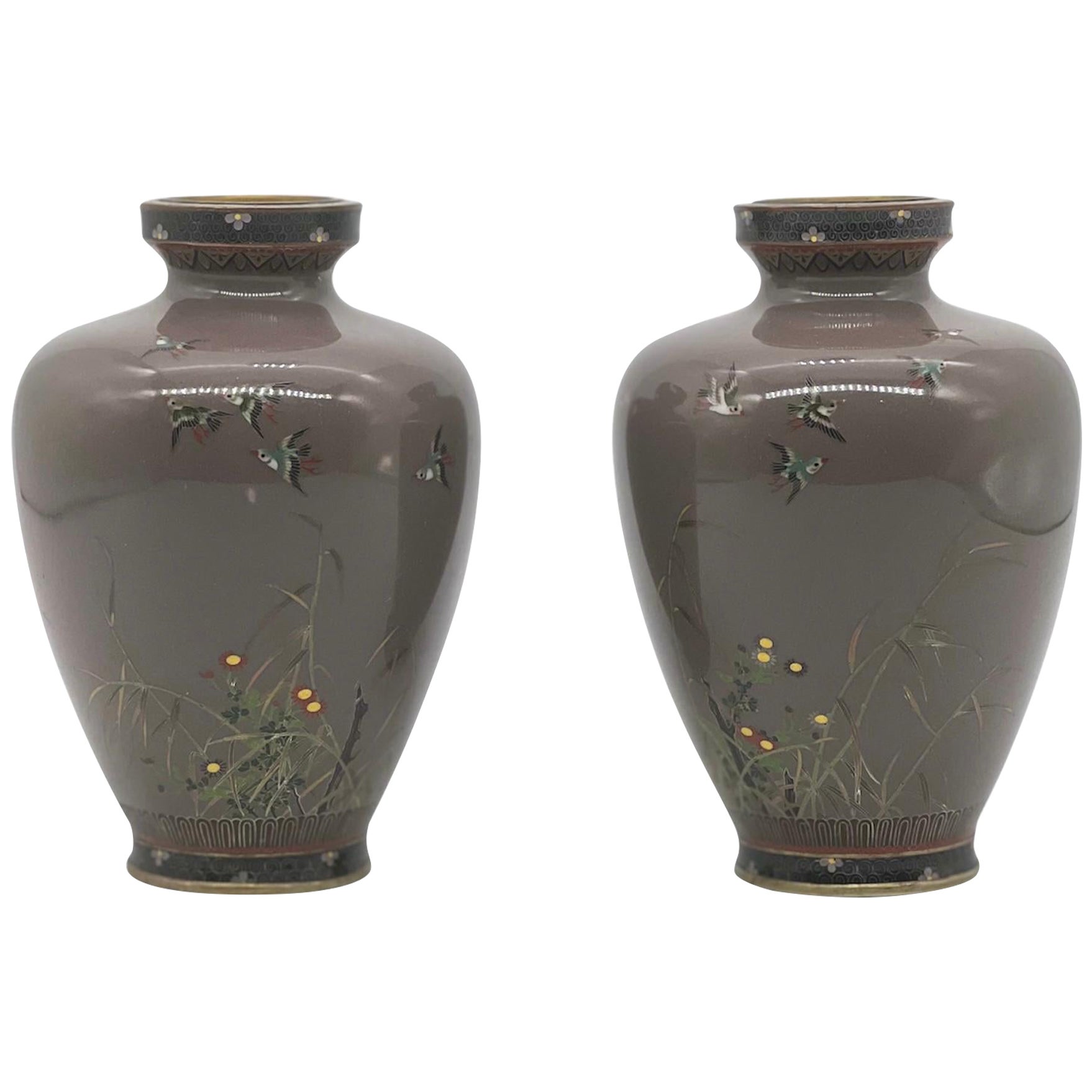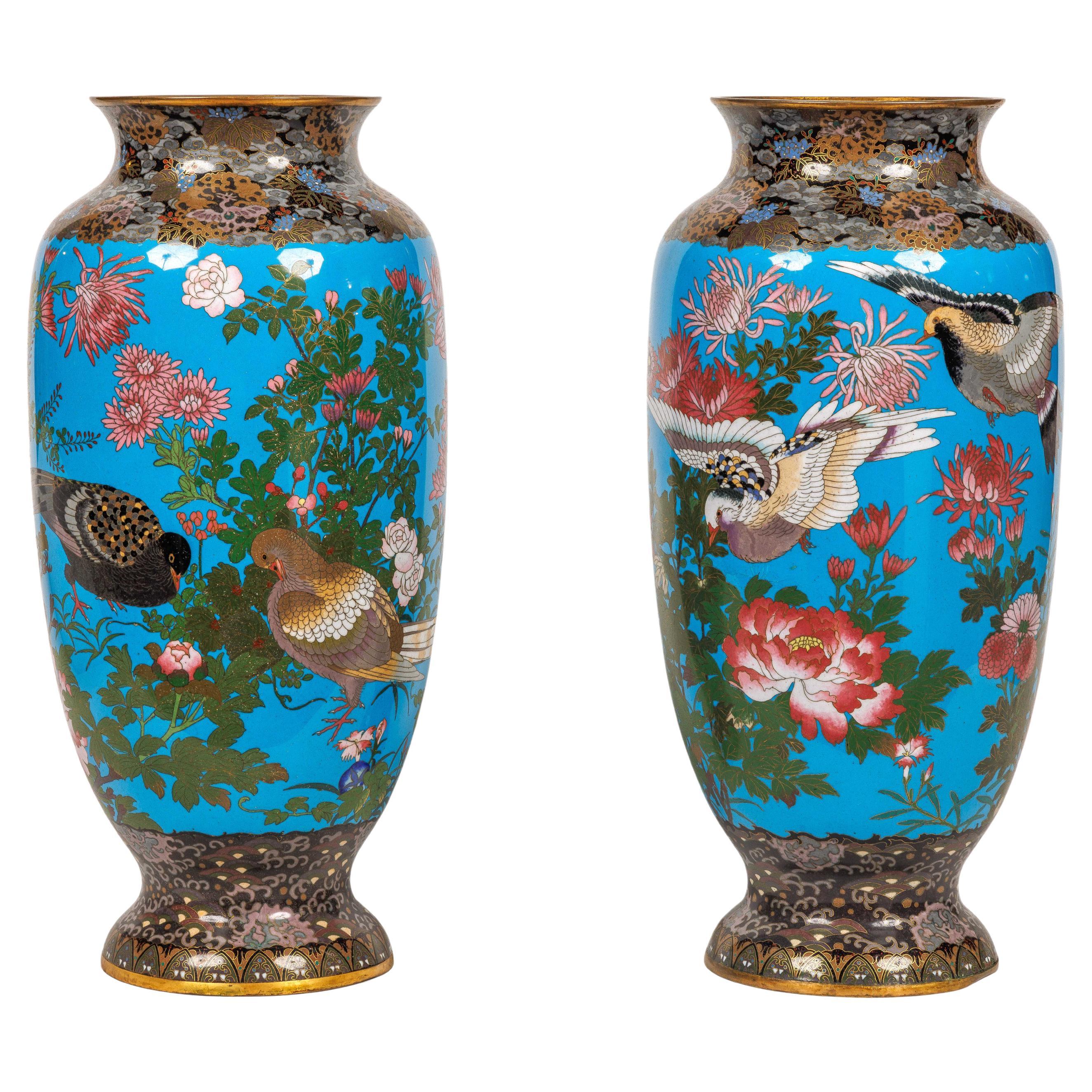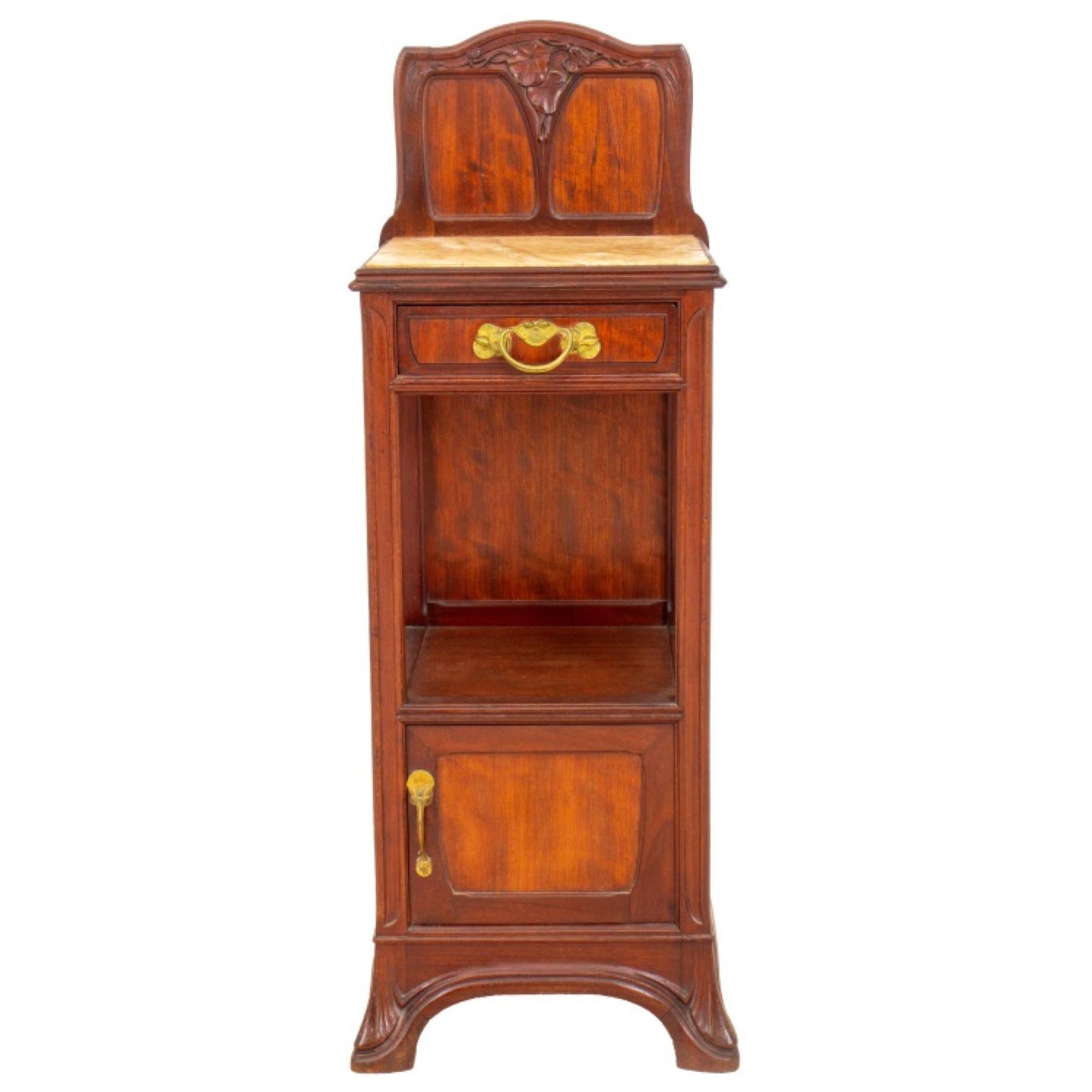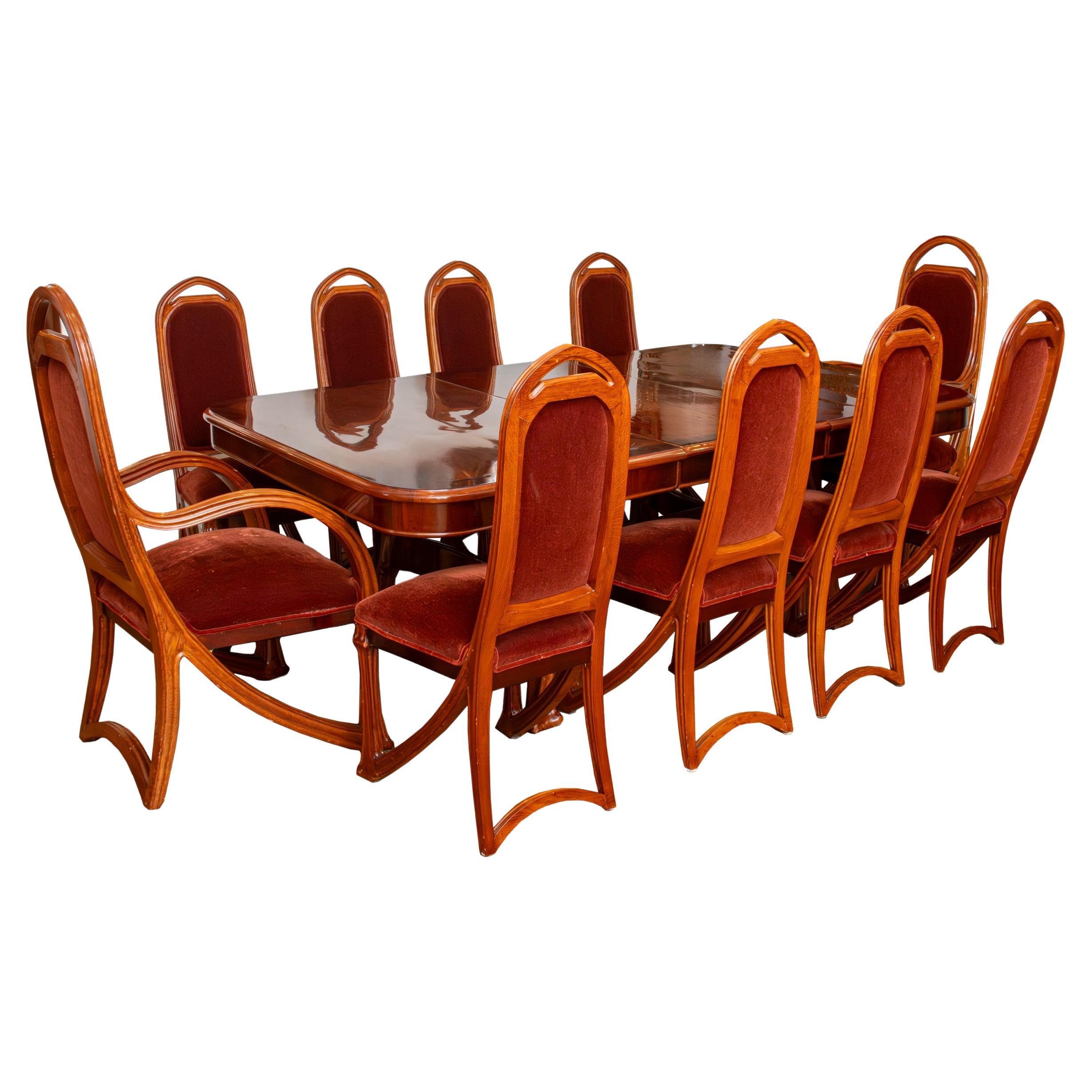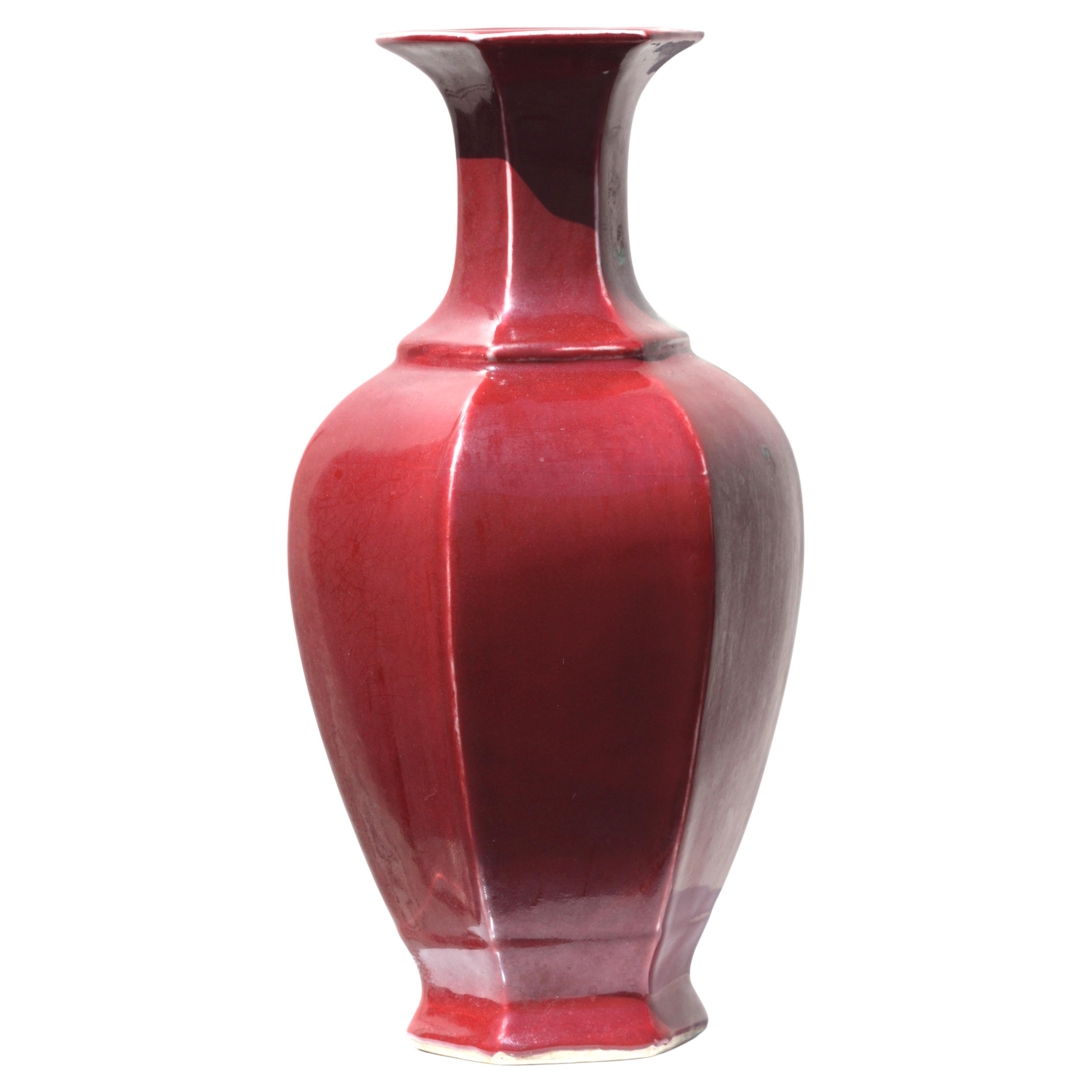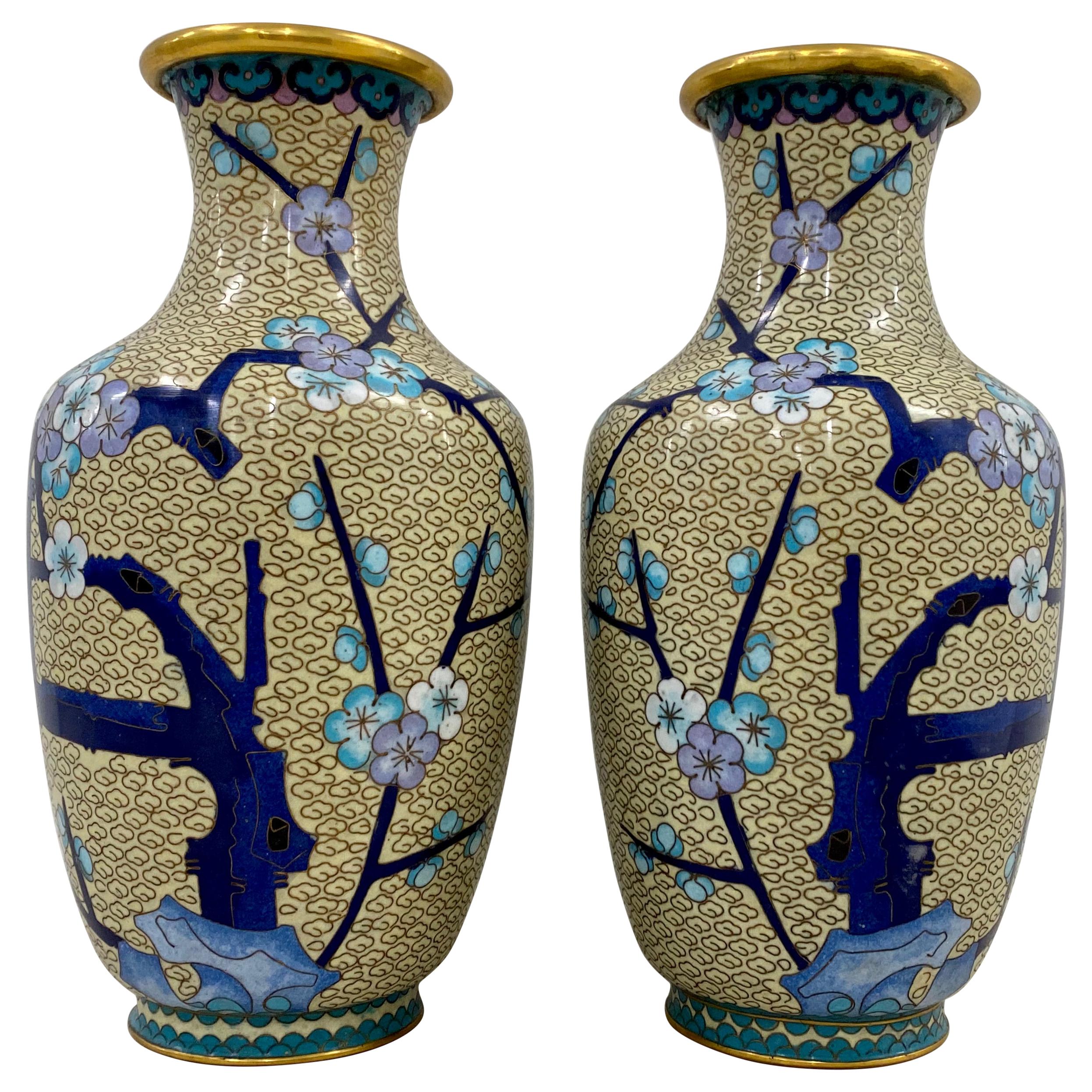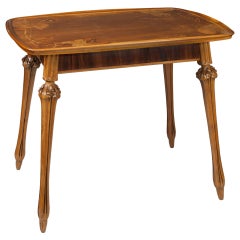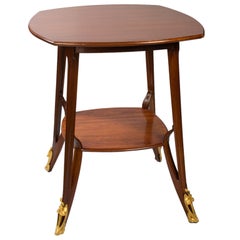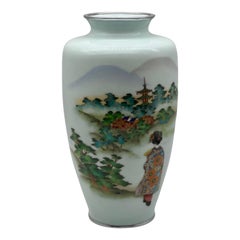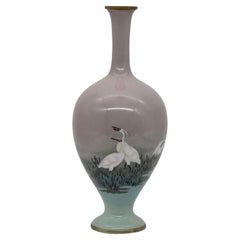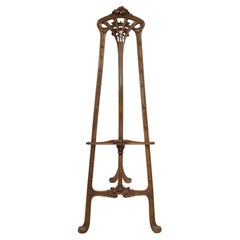
École De Nancy 'Attributed to Louis Majorelle' "Aux Clématites" Easel
View Similar Items
Want more images or videos?
Request additional images or videos from the seller
1 of 5
École De Nancy 'Attributed to Louis Majorelle' "Aux Clématites" Easel
About the Item
- Attributed to:Louis Majorelle (Workshop/Studio)
- Dimensions:Height: 71 in (180.34 cm)Width: 26.5 in (67.31 cm)Depth: 30 in (76.2 cm)
- Style:Art Nouveau (Of the Period)
- Materials and Techniques:
- Place of Origin:
- Period:1900-1909
- Date of Manufacture:1900
- Condition:
- Seller Location:New York, NY
- Reference Number:Seller: YF196231stDibs: LU885428490952
About the Seller
4.8
Recognized Seller
These prestigious sellers are industry leaders and represent the highest echelon for item quality and design.
Established in 1971
1stDibs seller since 2010
44 sales on 1stDibs
More From This SellerView All
- Louis Majorelle Gilt Walnut "Aux Pins" VitrineBy Louis MajorelleLocated in New York, NYThis gilt vitrine "aux pins" by Louis Majorelle is a masterpiece in Art Nouveau design. The gilt finish and simplicity of line that unifies the piece lend it a refined elegance, making it the perfect frame for carefully selected objets d’art. Louis Majorelle’s father Auguste had specialized in 18th-century style furniture, including the chinoiserie so loved in the court of Louis XVI. Louis Majorelle experimented with the pine motif at the same time as Rene Lalique. Both looked to East Asian Art...Category
Early 20th Century French Art Nouveau Vitrines
MaterialsGlass, Giltwood, Fabric
Price Upon Request - Louis Majorelle French Art Nouveau TableBy Louis MajorelleLocated in New York, NYA French Art Nouveau marquetry walnut and macassar ebony salon table by Louis Majorelle. The table top is decorated with leaves and vines. The legs have carved flowers. Circa 1900 P...Category
Early 20th Century French Art Nouveau Tables
MaterialsEbony, Macassar, Walnut
- Louis Majorelle French Art Nouveau TableBy Louis MajorelleLocated in New York, NYA French Art Nouveau mahogany two-tiered square table by Louis Majorelle, featuring featuring a detailed border on the top tier and gilt bronze sabots on the legs. A similar ta...Category
Early 20th Century French Art Nouveau Side Tables
MaterialsBronze
- Louis Majorelle French Art Nouveau ArmchairBy Louis MajorelleLocated in New York, NYA French Art Nouveau walnut armchair by Louis Majorelle, featuring sinuously curved arms and legs. The top of the chair is decorated with an intricately carved floral motif. It is up...Category
Early 20th Century French Art Nouveau Armchairs
MaterialsUpholstery, Walnut
- Louis Majorelle French Art Nouveau Games TableBy Louis MajorelleLocated in New York, NYA French Art Nouveau games table by Louis Majorelle, featuring an inlaid marquetry top and carved legs and skirt. The marquetry decoration features stems, leave and, flowers around a...Category
Early 20th Century French Art Nouveau Game Tables
MaterialsWood
- Louis Majorelle French Art Nouveau Wooden TableBy Louis MajorelleLocated in New York, NYA French Art Nouveau mahogany center table by Louis Majorelle, the rounded top above a slightly bowed frieze, over downswept tapering channeled legs joined by a conforming undertier,...Category
Early 20th Century French Art Nouveau Center Tables
MaterialsBronze
You May Also Like
- A Large Japanese Cloisonne Enamel vase attributed to Ando JubeiBy Ando JubeiLocated in London, GBA Large Japanese Cloisonne Enamel vase attributed to Ando Jubei. Taisho period (1912 – 1926) A large baluster Cloisonne-Enamel vase worked in musen and silver wire of varying gauge...Category
Early 20th Century Japanese Metalwork
MaterialsEnamel
- Large Pair of Japanese Cloisonne Enamel Vases Attributed to Honda YasaburoLocated in New York, NYA large pair of Japanese Cloisonne Enamel vases attributed to Honda Yasaburo, 19th century. Finley decorated with the rich enamel colors of orange and green, these vases are desig...Category
Antique 19th Century Japanese Meiji Metalwork
MaterialsCopper, Enamel
- Fine Japanese Cloisonné-enamel and Musen Vase Attributed to Namikawa SosukeLocated in London, GBA magnificent Cloisonné-enamel and Musen Baluster vase attributed to Namikawa Sosuke. Meiji era (1868-1912), late 19th century. This vase features an elegant classic form with a sle...Category
Antique Late 19th Century Japanese Metalwork
MaterialsEnamel
- Large Pair of Japanese Cloisonne Enamel Lanterns Attributed to Kaji TsunekichiLocated in New York, NYA Large Pair of Japanese Cloisonne Enamel Lanterns Attributed to Kaji Tsunekichi, Edo Period, 19th century Japanese cloisonne lanterns were made during the Meiji period, from the late 19th to early 20th century, and were often used as decorative lighting fixtures in temples and shrines. Kaji Tsunekichi (1866-1916) was a Japanese cloisonné artist who was active in the late 19th and early 20th centuries. He was born in Tokyo and learned the art of cloisonné from his father, Kaji Sataro, who was also a cloisonné artist. He was renowned for his mastery of the shippo-yaki technique, which involves creating intricate designs with thin wires on a metal base before filling in the spaces with enamel. Tsunekichi was known for his exceptional technical skills and his ability to create intricate designs with vibrant colors. His works often featured nature motifs, such as flowers, birds, and fish, which were rendered in a highly detailed and naturalistic style. He also experimented with new techniques, such as plique-à-jour, a type of cloisonné that creates a stained-glass effect. Tsunekichi's works were highly prized during his lifetime and continue to be sought after by collectors today. He won numerous awards for his cloisonné creations, including a Gold Medal at the 1900 Exposition Universelle in Paris. His works are characterized by their fine wirework, precise enamel application, and attention to detail. Some of Tsunekichi's most famous works include a pair of large cloisonné vases...Category
Antique 19th Century Japanese Edo Metalwork
MaterialsCopper, Enamel
- A Fine Pair of Japanese Cloisonne Enamel Vases Attributed to Hayashi KodenjiLocated in London, GBA Exquisite Pair of Japanese Cloisonne Enamel Vases Attributed to Hayashi Kodenji. Meiji period 19th Century A Fine Pair of Japanese cloisonné ename...Category
Antique Late 19th Century Japanese Metalwork
MaterialsEnamel
- Large Pair of Meiji Period Japanese Cloisonne Enamel Vases Attributed to GotoLocated in New York, NYA large pair of Meiji Period Japanese cloisonne enamel vases attributed to Goto Seizaburo, 19th century. These vases were made during the Meiji period (1868-1912) in Japan and are...Category
Antique 19th Century Japanese Meiji Metalwork
MaterialsCopper, Enamel
Recently Viewed
View AllMore Ways To Browse
Andrea Putman
Ghurka Campaign
Antique Chinese Lunch Baskets
Wooden Bowl Bleached
Balinese Calendar
Kanjar Dagger
Kuchi Jewelry
Antique Wooden Farming Tools
Nepali Parvati Statue
Chinese Opera Clothes
Small Ganesh Statue
Where Is 1st Dibs Pottery Located
Antique Palaver Chair
Lime Spatula
Plique A Jour Lamp
Rattan Linear Chandelier
Thai Statue Wings
Vintage Sashiko
